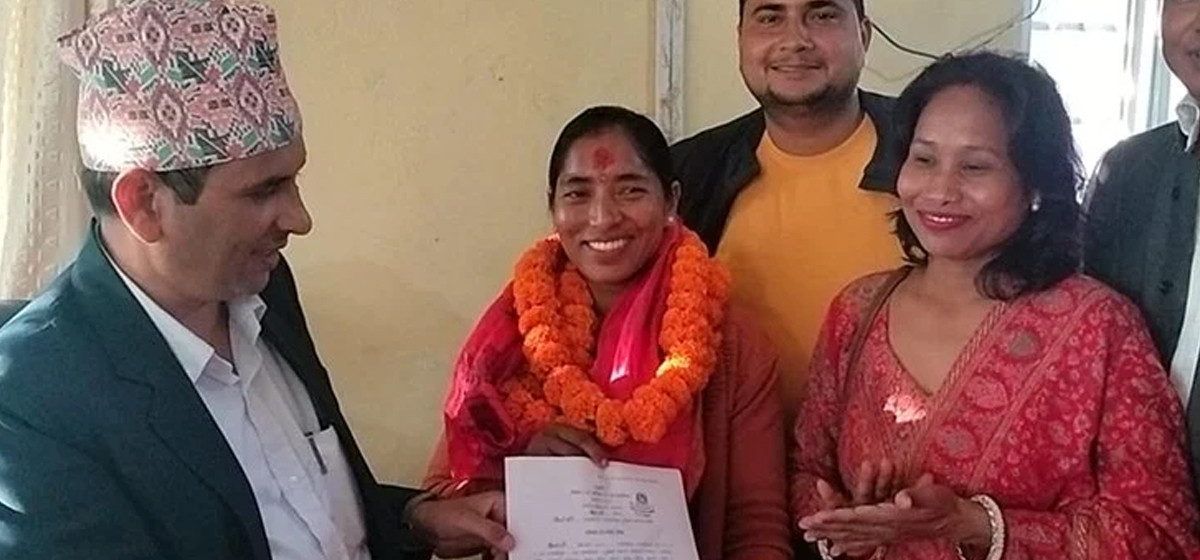Had the epicenter been anywhere nearer to the country’s only city, the unplanned and highly-populated Kathmandu, or had the intensity been just a little higher, the consequences could have been catastrophic to say the least.
Since we cannot forecast an earthquake, when it strikes, the thin line dividing life from death is preparedness. When an earthquake of a magnitude of 7.2 hit Haiti in January last year, 200,000 people lost their lives. But not a single person was killed when an earthquake of the same intensity struck Christchurch, New Zealand in September of the same year. The difference between the two countries was preparedness. Unfortunately, that is where we fall short pathetically.
It is quite fashionable and easy to blame the government for every ill but for once the blame has to be equally shared by the citizens. As mentioned earlier, even when the government takes initiatives to inform the people, we shy away from participating safely assuming that earthquakes are something that happen in far-off lands, not on our turf. Hopefully, things will change now as people from Sunday’s terrifying experience have realized firsthand what it could mean to be struck by a higher-intensity earthquake. But we are not absolving the government from its duties. It has done very little and has a lot of ground to cover.
To begin with, though Kathmandu’s 1994 building code is excellent on paper, it is not followed. This is the right time to take initiatives to rectify that. Things have to quickly start changing in congested and cramped places like Bhaktapur, Patan, Asan and Khokana. But despite preparation, since some degree of destruction and devastation is inevitable in case of a high-intensity earthquake, the other area that the authorities have to focus on is alerting and preparing the public for a post-earthquake situation when medium of communication will be severed and rescue teams will be stretched to their limit.
The last big earthquake to strike Nepal was of magnitude 8 in 1934. If things remain as it is, it is estimated that at least 100,000 people will lose their lives besides injuring a lot more and rendering over a million homeless. If the situation does not start changing quickly, probably even Lord Pashupatinath will not be able to protect us.
Opposition launching protest on shaky ground-PM



































